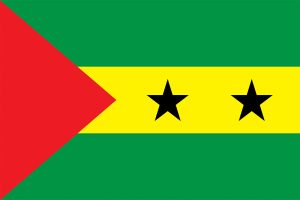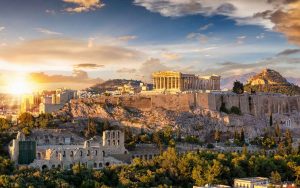
29 interesting facts about Philippines
- 👁️ 2231
The Philippines, an archipelago in Southeast Asia comprised of over 7,000 islands, is a country rich in diversity, history, and natural beauty. Known for its stunning beaches, vibrant culture, and warm hospitality, the Philippines offers a unique blend of indigenous and colonial influences, thanks to its history of trade and colonization by Spain and the United States. The nation is also celebrated for its significant contributions to arts, cuisine, and biodiversity. Here are 29 interesting and informative facts about the Philippines that highlight its unique aspects and contributions to the world.
- The Philippines is the world’s second-largest archipelago, after Indonesia.
- It was named after King Philip II of Spain in the 16th century.
- The Philippines has three main geographical divisions: Luzon, Visayas, and Mindanao.
- Filipino and English are the official languages, with over 170 languages and dialects spoken across the islands.
- The Banaue Rice Terraces are often called the “Eighth Wonder of the World” and were carved into the mountains of Ifugao by the ancestors of indigenous people more than 2,000 years ago.
- The Philippines is considered a mega-diverse country, ranking fifth in the world for the number of plant species and home to more than 5% of the world’s biodiversity.
- Jeepneys, colorful and decorated vehicles originally made from U.S. military jeeps left over from World War II, are a popular form of public transportation.
- The country is the world’s largest exporter of coconuts and tropical fruits, such as pineapples and mangoes.
- The Puerto Princesa Subterranean River in Palawan is one of the New 7 Wonders of Nature and features a 5-mile-long underground river.
- The Philippines is the only predominantly Christian nation in Asia, with about 80% of its population Roman Catholic.
- Boxing is a popular sport, and Filipino boxer Manny Pacquiao is considered one of the greatest professional boxers of all time.
- The Tubbataha Reef in the Sulu Sea was declared a UNESCO World Heritage Site in 1993 due to its pristine coral reef and remarkable marine biodiversity.
- The Philippine Eagle, one of the world’s largest and most powerful eagles, is the national bird.
- The Philippines is situated on the Pacific Ring of Fire, making it prone to earthquakes and volcanic eruptions.
- Mayon Volcano, known for its perfect cone shape, is one of the country’s most active volcanoes.
- The country was under Spanish rule for more than 300 years, significantly influencing its culture, religion, and traditions.
- The University of Santo Tomas in Manila, established in 1611, is Asia’s oldest existing university.
- The Philippines is considered the text capital of the world, with millions of SMS messages sent throughout the country every day.
- The country celebrates the longest Christmas season, starting from September and lasting until January.
- The Philippine flag is unique: it is flown with the red stripe up in times of war and blue stripe up in times of peace.
- The Chocolate Hills of Bohol are a geological formation of at least 1,260 hills that turn brown during the dry season, resembling chocolate mounds.
- Filipino cuisine is a fusion of indigenous, Spanish, Chinese, and American influences, featuring dishes like adobo, sinigang, and lechon.
- The Philippines has competed in every Summer Olympic Games since 1924, yet it has never participated in the Winter Olympics.
- The country is one of the world’s top producers of nickel and cobalt.
- The national dance, Tinikling, involves two people beating, tapping, and sliding bamboo poles on the ground and against each other in coordination with dancers who step over and in between the poles.
- The Philippines has one of the highest rates of discovery in the world with sixteen new species of mammals discovered in the last ten years alone.
- Filipinos are known for their hospitality, often going out of their way to make guests feel welcome.
- Balut, a fertilized duck embryo boiled and eaten in the shell, is a popular street food considered a delicacy.
- The Philippines’ economy is heavily reliant on remittances from Filipinos working abroad, contributing to a significant portion of the country’s GDP.
The Philippines is a nation of incredible natural beauty, rich cultural heritage, and warm, welcoming people. Its diverse landscapes, from pristine beaches to majestic mountains, combined with its unique history and vibrant traditions, make it a fascinating destination for travelers and a proud home for its citizens. Despite facing natural disasters and other challenges, the resilience and spirit of the Filipino people shine through, making the Philippines a remarkable country in the heart of Southeast Asia.











